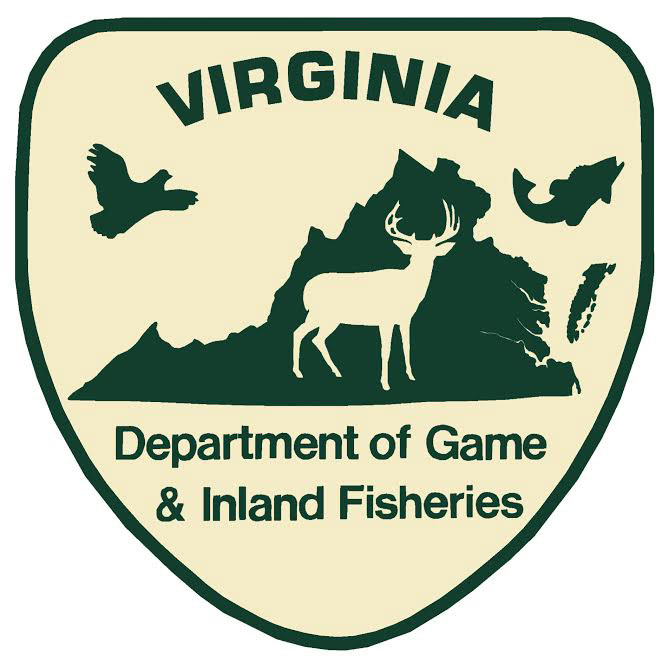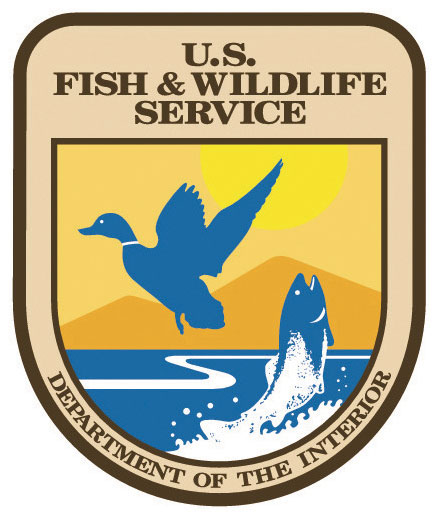Terminology
Below are some words used frequently in the study of land snails. For more terms, see Burch, 1990. Primary reference: Burch (1962).
acute—pointed or sharp.
anal pore—opening in the mantle to allow waste elimination.
angular—a lamella at the top right of the aperture in pupillid or vertiginid snails.
angulo-parietal—the denticle on the body whorl in pupae-shaped shells, the result of the convergence of two denticles (the angular and the parietal) through evolution.
antennae—the long projections from a snail's head, for detecting scents and orientation, and sometimes having eyespots. Also known as tentacles.
anterior—the front or head.
apertural—within the shell opening for the snail's body.
aperture—the opening of a snail shell from which the snail's soft body emerges, sometimes called the "mouth."
apex—the top end of a shell's columella, opposite the umbilicus and furthest from the aperture.
apical/apically—toward the apex or top of a shell.
axial—a direction parallel to a shell's columella.
basal—the bottom or floor of a shell's aperture or shell when viewed apex up, umbilicus down.
basal notch—a central gap in the lower peristome, often in slitmouth snails.
base—the bottom of a land snail shell, when viewed with the aperture to the right.
body whorl—the final, most exterior whorl of an adult shell.
breathing pore—an opening in the mantle to allow air passage. Also called the pneumostome.
buttress—a ridge or support beneath a denticle, or “tooth.”
calcified—a shell feature that is hardened or covered by layers of calcium carbonate.
callus—a thickening in the shell wall.
carina—a spiral shell ridge at the outside edge of a whorl.
caudal—a direction referring to the tail.
chevron—an angular marking, often in a series upon a slug's mantle.
columella—the central, structural axis of a snail shell. At the top of the columella is the shell's apex and at the bottom, the shell's umbilicus (though it may be covered).
columellar—toward or referring to the central axis of a shell.
columnar—tubular with parallel sides.
concave—a dished or hollowed surface.
concentric—a nested series of curves or rings.
congener—a relative in the same genus.
convex—a rounded or bulging surface.
cylindrical—a tube-shaped object such as a snail's antenna.
dart—a tiny calcareous spear injected into a potential mate’s flesh prior to copulation. Transmits reproductive hormones that increase fertility.
deflected—turned downward or away, relative to the body whorl.
denticle—a solid calcium carbonate deposit integral to a land snail shell, usually at the aperture or within the shell. Denticles are often referred to as "teeth," and are supposed to aid in shell positioning, predator deterrence, or calcium provisioning.
depressed—lowered or flattened.
dextral—a direction meaning whorled to the right. A dextral shell's aperture appears on the right to an observer when the shell is positioned with apex up and umbilicus down and aperture toward the observer.
dorsal—upper or top surface.
elongate—lengthened or thin.
embryonic whorl—the initial part of snail’s shell, formed within the egg. Also called the nuclear whorl.
epiphragm—a membrane of dried mucus formed across the aperture of a snail shell, it helps to prevent dessication when the snails is inactive for long periods.
foot—the muscular organ whose contractions propel a land snail, the foot is located on the ventral surface of the animal's soft body.
gastropod—Latin for the class of "belly-foot" mollusks, so called because they crawl upon a muscular foot beneath their body.
genital pore—the opening to a land snail's reproductive organs, usually located on the right side of the head behind the right eye tentacle. Most of Pennsylvania's land snails are hermaphroditic, so the genital pore provides access to both a vagina and extendible penis.
granulose—a shell texture that appears as many small raised bumps.
growth lines—a series of radial ridges and grooves developed as a shell grows.
growth wrinkles—see growth lines.
gutter—a groove or depression, often behind the peristome of a shell.
heliciform—in the shape of a helix, a spiral around a central column, in snail shells referring to the more rounded shapes.
imperforate—not having an opening, often referring to a shell umbilicus that is closed.
impressed—a shell groove or indentation.
incised—indented or excavated, in snail shells often referring to grooves in the surface.
inflated—rounded or bulging.
infraparietal—a tooth position in pupillid snails at the top of the aperture and left of center.
insertion/inserted—in snail shells the convergence of a part with the main body of the shell, often where the peristome meets the body whorl.
interdenticular sinus—a concavity at the right side of the peristome of slitmouth snail shells.
iteroparous—life history in which adult snails have more than one reproductive cycle.
keel—a longitudinal ridge on the top of a snail or slug’s tail.
lamella—an elongated denticle or "tooth" located at the aperture or within a snail's shell.
lamellae—plural of lamella.
laminae—plural of lamina, in snail shells referring to a callus or denticle.
lateral—a position to the side, not forward or back.
lip—an informal name for the edge of the aperture, also called the peristome. The shape and features of the lip can be important in species identification.
longitudinal—a feature parallel or following the direction of the shell or body.
lirae—raised spinal ridges.
malacologist—a scientist who studies mollusks (the Phylum of animals that includes land snails).
mantle—the membrane–like organ that builds the shell in shelled snails, found around the aperture. The mantle is also present in slugs, where it serves as a dorsal covering.
margin—edge.
matte—a non-reflective shell finish. Dull, not shiny.
microsculpture—shell surface shapes and textures often requiring magnification.
nuclear whorl—the part of a land snail’s shell formed in the egg prior to hatching, sometimes with a unique microsculpture pattern.
obtuse—a wide angle, between 90º and 180º.
odontophore—cartilage structure in the mouth over which the radula is drawn to rasp food.
opaque—a membrane or shell through which light cannot pass.
operculum—a hardened cover that closes the aperture of a shell, present only in one Pennsylvania terrestrial species, Hendersonia occulta, and the amphibious species Pomatiopsis lapidaria.
ovate—an oval shape wider at one end; egg-shaped.
ovate-conical—generally egg-shaped but relatively longer.
oviposition—egg laying.
palatal—a direction referring to the part of a shell aperture away from the columella when viewed apex up, umbilicus down.
papillae—numerous small bumps upon a shell's microsculpture.
parietal—a direction referring to the part of a shell aperture closest to the columella when viewed apex up, umbilicus down.
pentagon—a five-sided shape.
perforate—having a tiny hole, often referring to the umbilicus of a shell.
periphery—the outside or edge of an object, often the peristome, or lip, of a shell.
peristome—the edge of the aperture, also called the “lip.”
pneumostome—an opening in the mantle to allow air passage. Also called the breathing pore.
radial— shell sculpture perpendicular to a shell's coils, running around the whorls.
radula—a chitinous organ in the mouth of a snail, covered with series of tiny teeth that function to rasp food.
reflected—a feature that appears to be turned back, often referring to the shape of the peristome. A reflected peristome appears much wider than the relatively thin shell.
reticulation—a complex pattern of color without a clear edge, upon a snail's skin.
revolution—one complete (360°) whorl of a shell.
riblets—small radial ridges.
rimate—having a narrowly reflected edge.
semelparous—life history in which adult snails mate once and then die.
sinistral—a direction meaning whorled to the left. A sinistral shell's aperture appears on the left to the observer when the shell is positioned with apex up and umbilicus down. None of Pennsylvania's land snails, excepting anomalies, exhibit this character.
sole—the underside or contact surface of a snail's foot.
spermatophore—a sperm packet exchanged during mating.
spermoviduct—a canal in the reproductive system through which sperm move and in which fertilized snail eggs are developed.
spiral—a direction parallel to a shell's direction of whorl growth.
spire—the part of a snail shell above the final full whorl.
striae—tiny shallow grooves in the surface of a shell.
striate—having grooves or scratches.
subglobose—a somewhat flattened sphere shape.
suture—the seam at which sequential whorls of a shell meet.
tentacle—one of two to four elongate, retractable sensory appendages at the snail's head; they are devoted to chemoreception and most have eyespots as well.
tooth—often the informal name for a denticle or lamella upon a shell, usually in the aperture or body whorl. Not to be confused with the tiny teeth upon a snail’s radula.
translucent—a membrane or shell through which light can pass.
transparent—a shell through which the internal organs can be seen.
tubercles/tubercular—on a snail’s body, a surface pattern of repeating raised sections, separated by indentations or furrows. On a shell, a small denticle, or “tooth.”
umbilicus—the depression at the base of a snail shell, leading into the interior space of the columella. The spire may be open; perforate, very tiny; or closed, covered by shell material.
ventral—direction meaning lower or underside.
whorl—each 360 revolution of a snail's shell, measured from the apex.



&Wildlife Service.
